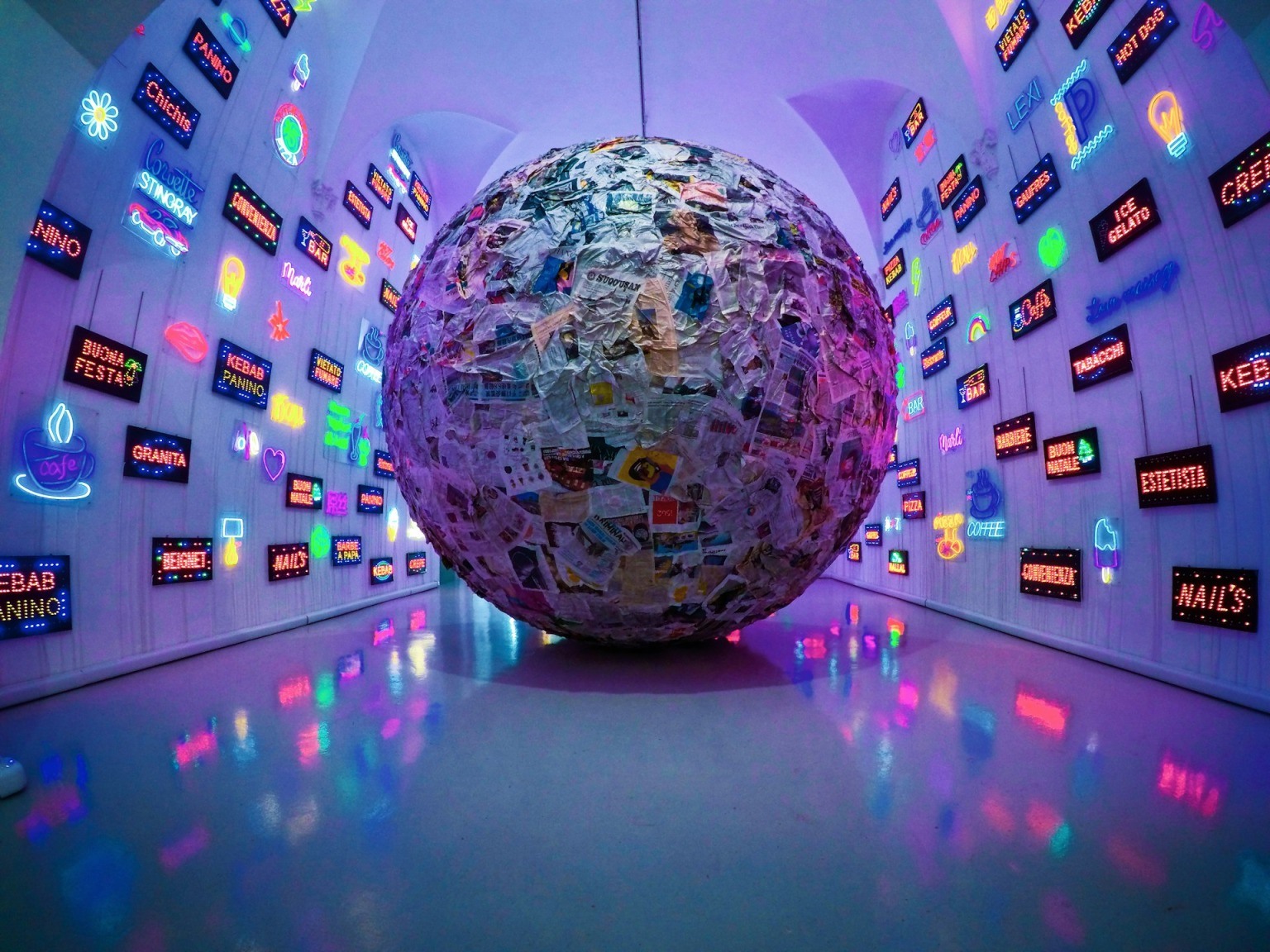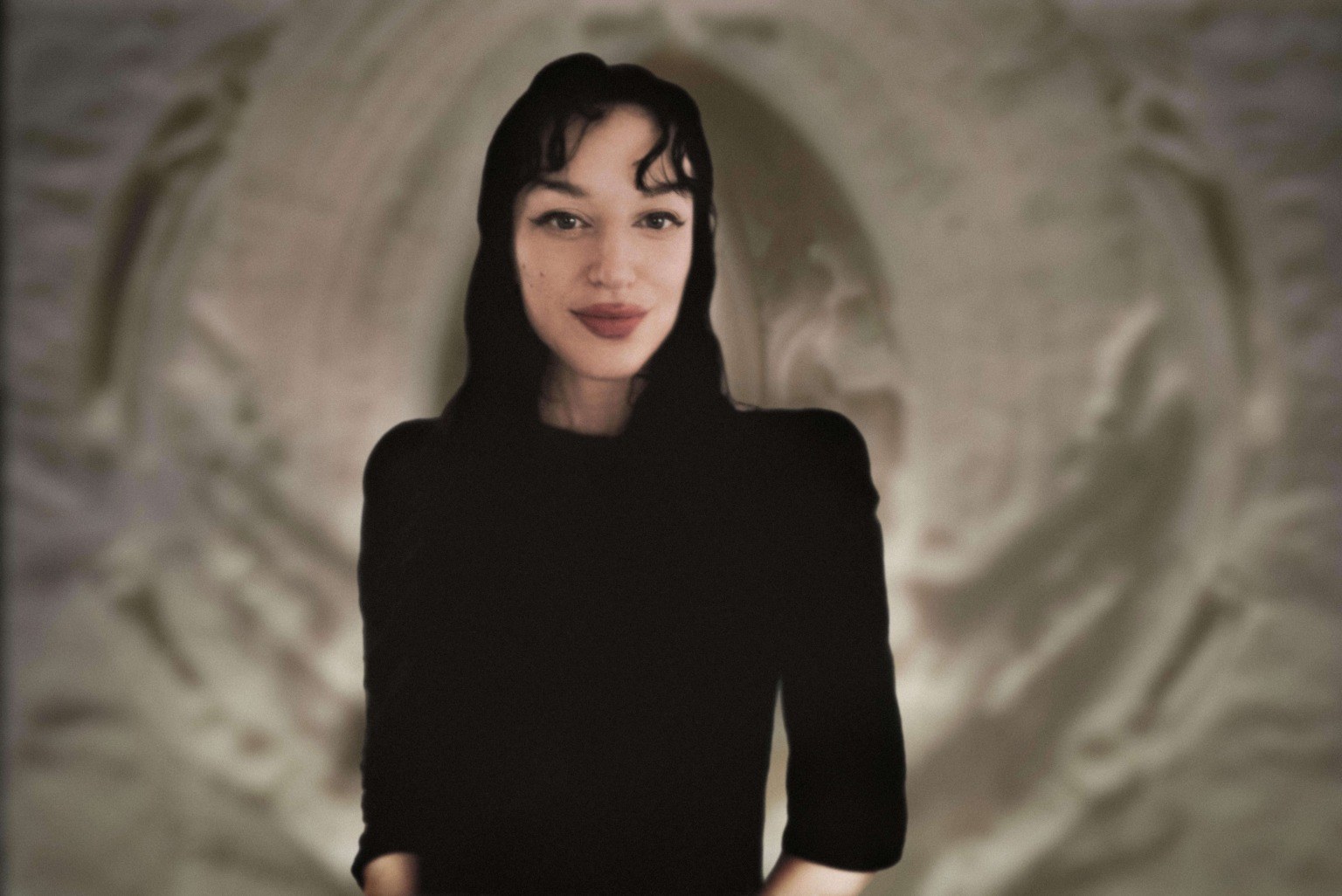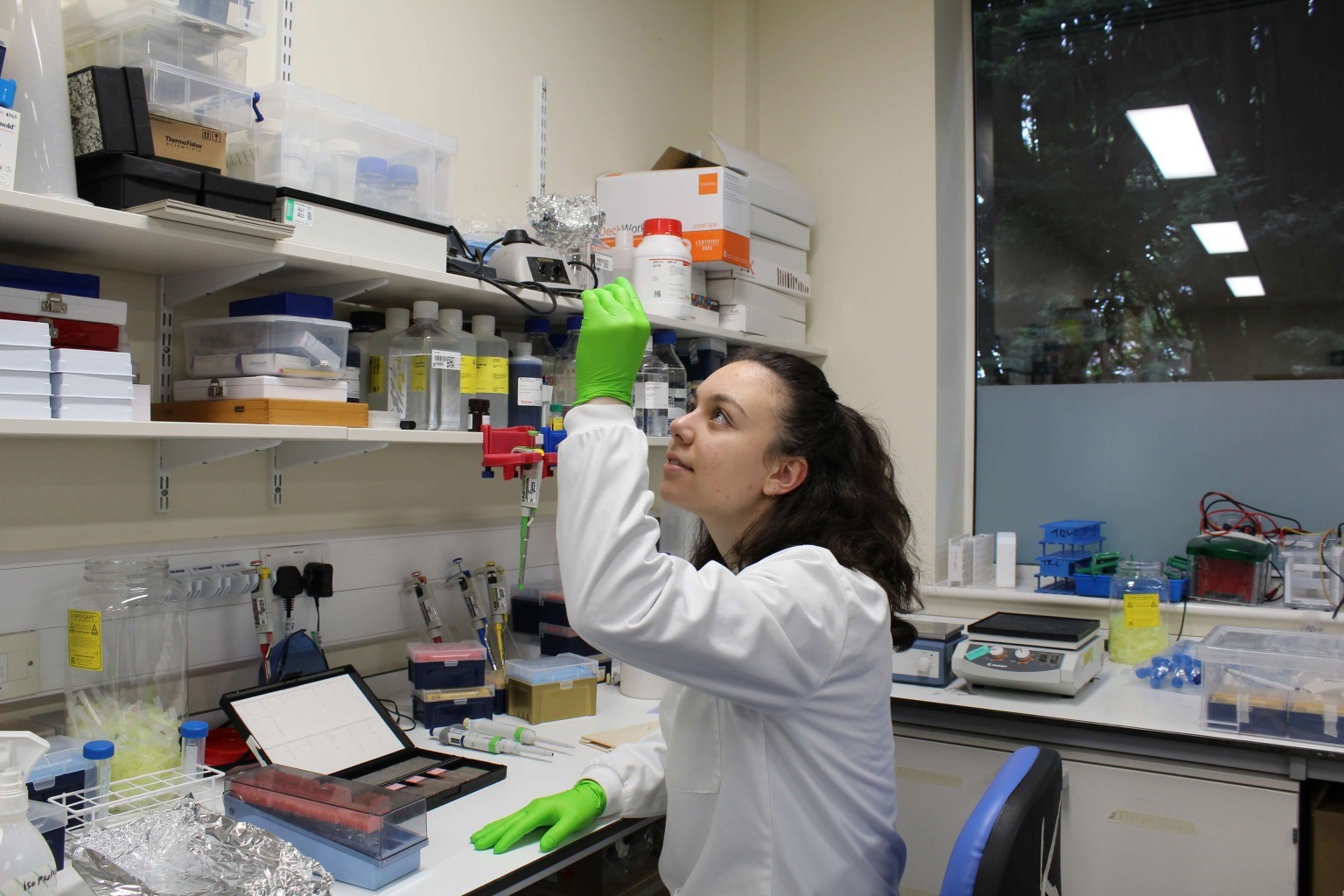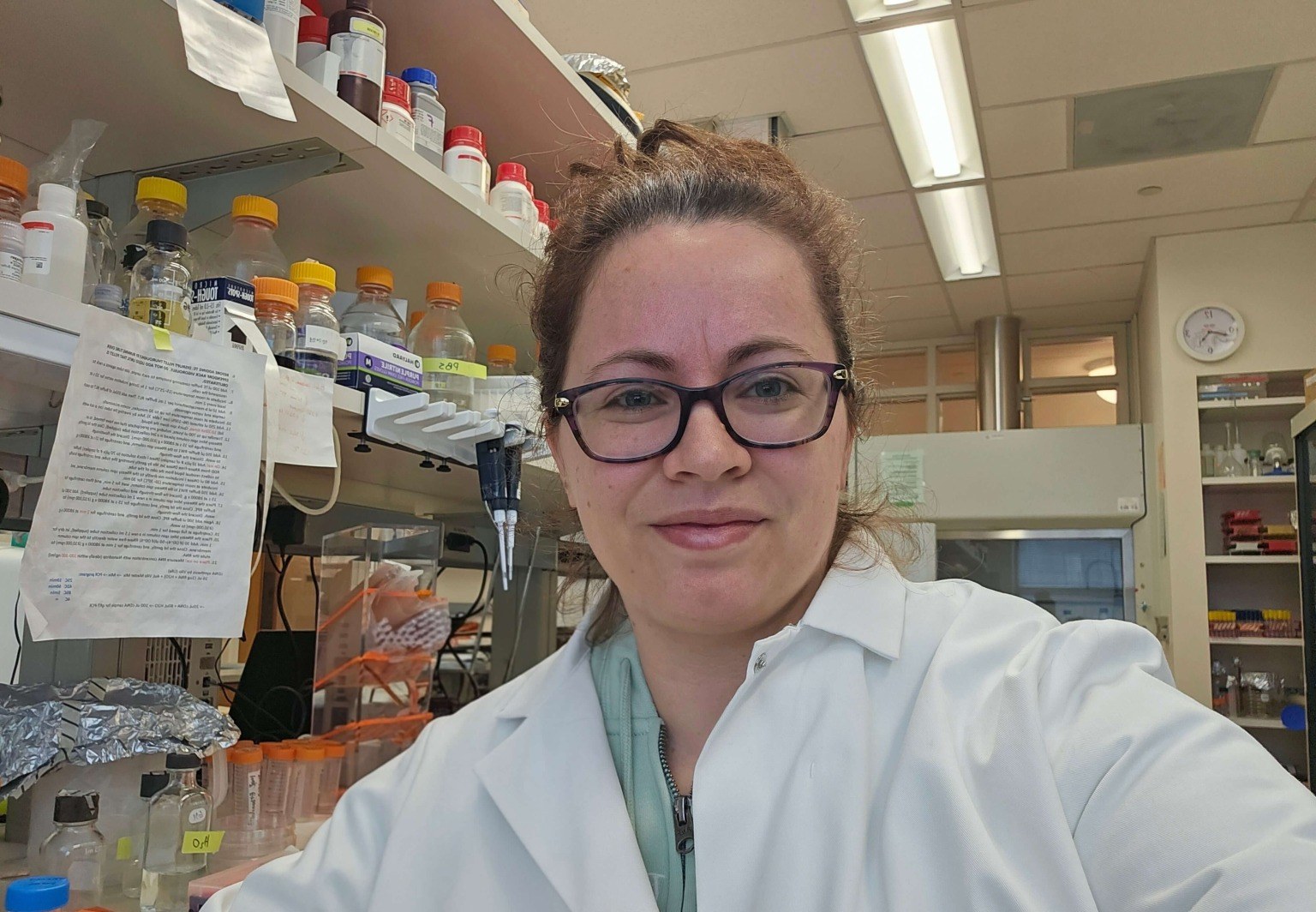
Prof. Athena Vakali: Shaping human-centered AI and inclusivity in STEM
Thaleia-Dimitra Doudali

Magazine / Interviews , Insights
Today, in this transdisciplinary hurricane, she works on a blend of projects and visions that will, she hopes, collide in the long-term and allow her, her colleagues and their ecosystem to both enable and create beautiful pieces of the future that serve us all.

Tell us what you do.
I am a polymath, working mainly on ways we are creating the future. My work ranges from humanitarian and community development projects to projects around technological innovation and ethics, to cultural spheres like art, world building, creative direction and narratives that can help us envision and create an inspiring future.
I both support and design projects that can make a difference in the world, through my own organization AEGIS. I also do and guide others to do a lot of pro bono work that help what is already out there besides our efforts, supporting people who are actively shaping kinder realities for us all. We try to foster cooperation over competition and see how to improve and guide the efforts of those who dedicate their lives to doing all that is good and necessary to guarantee a safe future for our planet in these crucial and era-defining times. We mostly focus on the support of those who dedicate their lives to shaping something good and kind, often at great sacrifice of themselves and in very isolating and heavy ways that need our collective support on a purely human, strategic and practical level. I also work as a partner or consultant for other companies, organizations and groups of changemakers of all kinds that align with my vision. Finally, all these activities also took me in directions that are now increasing in scale. One thing leading to another, by starting to work with dedication on what happens in one little place, the efforts snowball and I end up now often working on plans for the evolution of regions or even countries. For example, now I am back in my homeland of Greece, helping regional authorities and local unions take steps to develop the vision and strategies for the future of the South of the country. But as I have now developed most of what I thought was truly institutionally missing in the world yet absolutely necessary, I am getting ready to dive into creation and artistic spheres, where I hope to bring to life some long awaited visions that have evolved in my mind throughout my life.
What can you tell us about polymathy and biomimicry?
Everything is connected and somewhat fractal in nature, be it in our ecosystems or in our lives and societies. And in the end, for me, polymathy it is about having the freedom to explore the interconnectedness of everything.
It seems to me that in order to shape the future of the world and truly live fully, we need to tackle research and creation from all directions. And some people who may be either blessed or cursed with a need to understand how the world truly works, how things interconnect, and how we can navigate it all, may be drawn to try to do it all. For me, this has been the case for as long as I can remember. In a way that felt untamable. And it took me many years to dare call myself a polymath, but I think that I am finally there, as I have worked incredibly hard to truly become very good at many things.
Polymathy, as I apply it, is mainly about creating projects, strategies, practices, philosophies, artifacts and spaces at the intersection between sciences, technology, arts, businesses, and philanthropy. This may seem like quite a vast landscape of action, but the one constant that I do follow is that I focus on biomorphia, biomimicry, or biophilic design. This means that I look into nature and natural laws for models to follow instead of the fabricated laws we have inherited from our societies.
The theory behind biodesign, and biomimicry in particular, is that by searching for a way of thinking through nature’s principles, we focus on what is real versus what is a construct of society. I add physics into the mix as well, to start a step before life itself. My theory is that by doing so, we will progressively manage to unite growth, technology, and all that is most naturally humane.
Can you describe in more detail what is biomimicry, technically?
The imitation of natural patterns and behaviors to enable technical advances can now be applied to social and artistic fields. And there enters biomimicry.
Biomimicry, by definition, is a framework that is focused on solving complex human or human-made problems through solutions inspired by nature. To me, this means intersecting biology, chemistry, physics, evolutionary and anthropological studies with the engineering of our lived realities.
The world we live in is entangled through centuries of biased leadership-driven decisions. It has reached a point of absurdity, especially in matters regarding our cultures, our bureaucracies, and our collective perception of reality (deeply rooted in administrative tangles, algorithmic automation, and ultimately misogyny, racism, ableism, and persecution of all that is “other” in general). In comparison, looking at natural laws and anthropological or indigenous legacies of thought is such a breath of fresh air, because there are physical, scientific, and purely logical reasons why things work the way they do, in perfect homeostasis.
When you hold an apple and drop it, if nothing interferes with its trajectory it will fall straight ahead because the force of gravity will pull it that way. It’s simple. It works. We know it without even thinking about it. Gravity is law because it’s how the universe works. It’s the same kind of elementary reasoning that we need to find in order to design the systems we live in and the tools we use, rethinking all those spinning entangled sets of logic that govern our lives and make us all so very confused and lost. We need to be able to just live our lives and have access to what we need and what has evolved that way because it is actually guiding us and it is good for us –instead of everything being different from what it seems and so often working against our health, our kinship and well-being. We need to be able to live in a world where evolutionary logic is a thing that unites us, just like laws of nature, from biology to physics, unite us.
Going from theory to implementation, mainstream biomimicry tends to focus on engineering and architecture. As an example, replicating the shape of a bird’s beak onto the nose of a train can increase its speed. Naturally, there are other forms that apply biomimetic principles to a range of applications. Speaking for myself, I mainly look at it from a systems design point of view, a form and function point of view, as well as from an experience design point of view, trying to translate aesthetics, sensorial experiences and systemic frameworks into natural stimuli and organic growth. It’s like setting in motion the right signals to orient the evolution of a situation in the right direction. And doing so because it is right, not because we want to profit from it at all cost.
Α tool that I do love to use and turn to often is the Krebs Cycle of Creativity by the MIT Media Lab’s Neri Oxman, the logic behind which was inspired by the Krebs cycle for cellular energy transfer. The Krebs Cycle of Creativity is a cartographic analysis linking together the fields of arts, design, engineering and science in a way that helps us see how each field revolutionizes the others.
Taken all together, we can say that biomimicry is inspiring human innovation by projecting our perspective from a single blink of an evolutionary eye to the long and complex processes that govern evolution and change in both nature and society. Finding a unifying thread through all this interconnected complexity, it is liberating, beautiful, and, of course, natural.
Throughout my life, people around me, either mentors or teachers have always advised me to pick something I enjoy and stick to it. I radically never agreed with this. I always wanted to learn everything wise. Do everything that feels right. I always wanted to accumulate disciplines rather than settle for the ones that felt like the closest thing to satisfaction.
How did you start using these types of tools and models?
Throughout my life, people around me, either mentors or teachers have always advised me to pick something I enjoy and stick to it. I radically never agreed with this. I always wanted to learn everything wise. Do everything that feels right. I always wanted to accumulate disciplines rather than settle for the ones that felt like the closest thing to satisfaction. In many ways, as a person who grew between many cultures and faced many difficulties in life, I think that I had no choice. Nature and our evolutionary lineage becomes an apparent unifying factor between us all.
As a teenager, and a baby adult, I was traveling and exploring the world, getting involved with local life wherever I was and pitching in to contribute as much as I could without any motive other than participating, helping and belonging, which ultimately actually helped me discover in depth how so many things work, practically speaking. Experiencing first-hand what drives potential scenarios for the future of humanity. Biomimicry, as I understand it now, emerged as an obvious necessity.
At first I actually thought I had come up with it. I thought I had invented biomimicry, even though I called it something else. And when I was out of school, and so aghast by the fact that such a framework was not a foundational part of how we operate in the world, I tried to incubate an institution that could explore it, by joining some prominent startup incubators. I aspired towards a dream that in retrospect resonates with parts of what the Biomimicry Institute has beautifully developed better and more tangibly than whatever my attempts would have led to back then. But through my deep dive in the startup world, I kept hearing over and over that what I wanted to create was not a business or a product, and that it had no market value. This taught me in turn about the values of markets and industries. Hearing that something as central to everything as the democratisation of universal design was seen as unworthy, and seeing that no insights were provided to a young mind to better understand how to translate idealist aspirations into “acceptable business formats” was very revealing. I found very little encouragement and support. And I definitely raised many eyebrows all the while getting a behind the scenes understanding of venture capital ecosystems. This did not make me doubt though, because when you are doing something right, you know it in your bones. And this vision, this intention and the logic behind it did feel right. I just needed to understand better how it fit in this world and where it could start.
In the end, at some point through this journey, I learned of Janine Byenus, and was happy to see that people were already building what I thought was missing, and that perhaps I didn’t need to do it all from scratch after all. I later stumbled upon the work of the MIT Media Lab, and the field of material ecology, which added the other exemplified layer of the vision I aspired towards. Some years before that, I had also been diving into indigenous legacies, especially as they connected to nature-centric knowledge systems and the anthropology of human health and communal well-being. And to me, all of this combined was somewhat my definition of good biomimetics. So ultimately, I embraced the discipline of biomimicry from this combined lens, and all ecosystems of thought that link to it, as a rich and inspiring area to contribute to and help support. This also made me realise that being a founder and a thought-leader is a tremendous, lonely, challenging and heavy responsibility, and that perhaps neither the world nor I were yet ready for what I wanted to create. At least not for another few years.
What influenced you most to pursue this direction in life?
It started with wonder. Wonder about life I think. And finding magic within difficulty. Or perhaps wonder came from the intersection of arts, design, chemistry, geology, archeology and astronomy that I was exposed to from a very young age. My mother was an avant-garde fashion designer, exploring cultural legacies of the world and using all kinds of cool experimental techniques to imprint nature and patterns of the world’s legacies onto silk gowns. I myself was also actually branded as an artist from birth. I didn’t really have a say in it, I didn’t connect with it either as I found the art world very harmful, toxic and self-serving and it is perhaps the reason why I never felt aligned with anything that I saw in the art world.
I wanted to understand the universe. I wanted to study physics. As a kid I fell in love with the legacy of Leonardo Da Vinci and the idea that the greatest artists are also amazing inventors and scientists. Multidisciplinary approaches just always made more sense to me. As a Greek, I was raised on tales of polymaths, and even further, on the understanding of how culture and the myths and philosophies that power our history intersect with the exploration of science. I was also fascinated by Einstein's last quest in the search for a Theory of Everything and the Unified Field Theory. Math and physics were always like this beautiful language and divine logic in my eyes and learning the "secret code" of the universe sounded like an adventure I really wanted to embark on. I was kind of obsessed with this idea that if we can piece together a sort of “Design Theory of Everything”, it will just allow us to extrapolate our knowledge about the universe and the nature of being human into everything that we live for, to perhaps even one day reach a state of beautiful utopia on earth and in the universe —which I honestly believe could happen, if nature is allowed to be co-engineered in pair with loving kindness, and if we learn to coexist with those around us in caring ways. And yet, this scenario could also turn into the worst nightmare we could imagine, if the power of nature is integrated into the world as it exists right now. It could make certain horrors unstoppable. Hubris, avoidance in the face of difficluty and quests for supremacy truly are our worst enemy in these complex times, and will lead to our demise if we don’t tread the future with integrity and responsibility..
In the hopes of one day managing to translate all this complexity, I went on to study communication, which seemed adequate to me at the time– at the intersection between information dissemination, creative expression, behavioral sciences and technology, all the while being a pool of knowledge that can integrate with any industry. My Masters’ thesis in turn drove me to explore the future of human fantasy, which is another long story, but one that has made me understand much about where humanity was heading, and how it may be a crossroad leading to either the best or worst thing that our species has ever faced. Ultimately, polymathy and futurism, across it all, emerged naturally as a unifying lens that could allow us to tread the paths of an uncertain, exciting but also terrifying and risky future.
I think in the end, the understanding of what the future holds, and how it interconnects with the nature of the world and its own evolutionary trajectory is the reason why I have always worked so hard and always feel the need to do more. I think that we live in an unprecedented time in the history of our planet. At the intersection between the best and the very worst humanity has ever imagined. And we are the ones who will define which way civilisation will take us. The fact that I don’t meet more people who are in the same state of urgency and feel this pull to help make sure it all goes well for us has me really dumbfounded most days. It can be heavy and isolating at times, but I am hopeful that as we move forward, more and more people will make themselves known, and that perhaps, trying to do right by the world and navigating this mission with others will become easier.
What advice would you give to the women reading this today?
We need more altruism. That is for sure. We also need more collaboration between philanthropy, sciences and the arts. Sciences and cultures. Technology and genuine community development. Bringing more women into STEM is important, but it is also very important to combat the deeply rooted automated or institutionalised unscientific, cruel, and archaic systems that became embedded in everything we do, use, and see on a daily basis.
I think finding ways to create architectures and bridges between fields, businesses, institutions, technologies, countries, cultures, and genders in a united way is one of the most important things we can do right now. The future is one of unity within our differences. In my opinion, our generations need to take time to build links in our communities, in our companies, and in our research, and learn to work together with people from very different fields and backgrounds from our own. We need to be able to coexist and honor one another more. Because that's how paradigm-shifting change occurs. Holistically. By tackling it all, in whatever way we can, from where we are, with what we have, and with the care life deserves.
Overall, the future is complicated and multidirectional. There is no way of knowing what will happen years from now. My advice for those who are not sure about what to do with their lives and careers is not to settle if it doesn't seem right yet. This might make life riskier, but it is worth it. Life is too precious to spend it without true love for what we do, and without shaping ourselves into who we need to be in order to feel like we have done our part, for ourselves, for others, and for the world we live in.

Thaleia-Dimitra Doudali

Danai Korre


Katerina Britzolaki